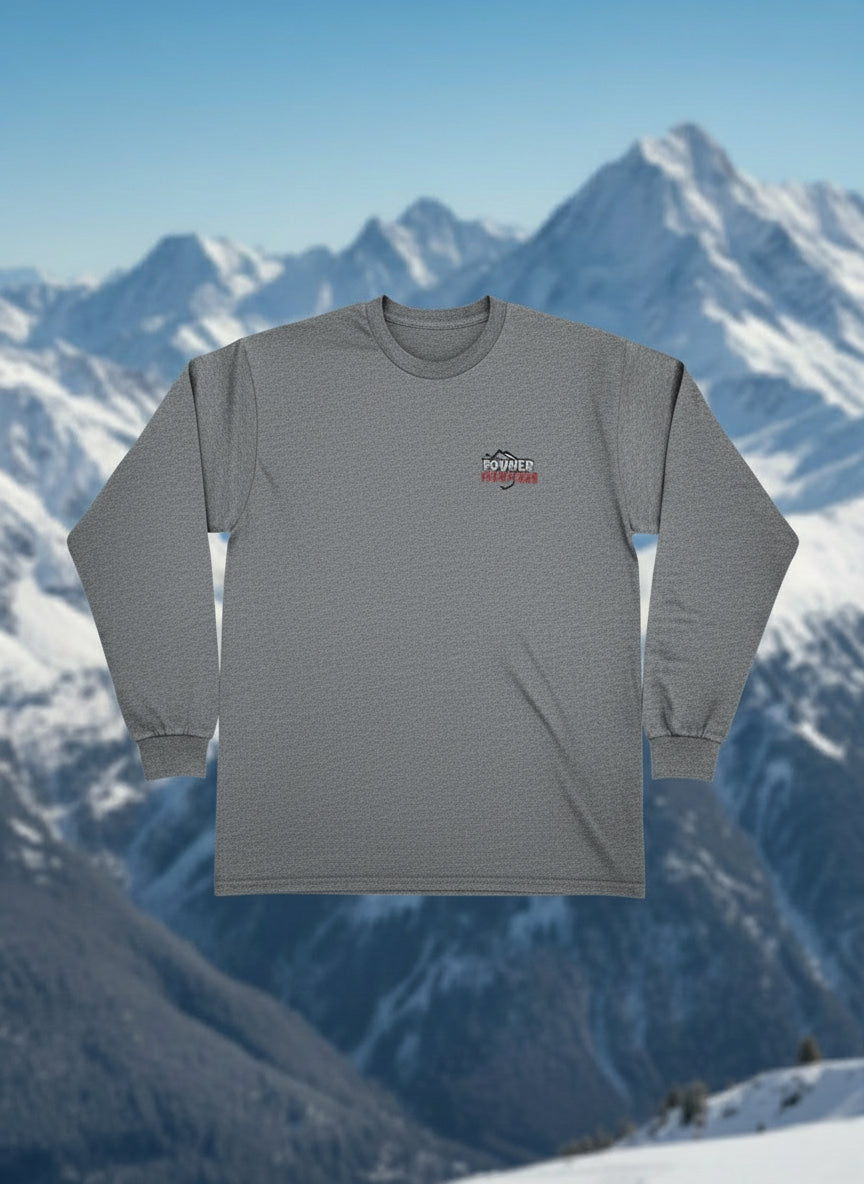Summary
A strong storm infused with moisture from an atmospheric river is currently impacting much of the Western US. Significant totals have already fallen from California through Idaho and Montana, with impressive additional snow on the way. This storm will put a nice dent in the exceptional drought region in California as well as across much of the West, seen in the image below.
(Image courtesy of The National Drought Mitigation Center)
In addition, this snow event will set up the majority of ski resorts with a respectable base that should allow on time or even early opening dates! The snow pack is well above normal across the West as well, as seen below. Early in the season, when the snowpack is typically just starting to build, the exact amount of below normal is a little overdone. Suffice it to say that the majority of the Intermountain West is currently well above normal though.
(Image courtesy of NRCS)
Announcement: Powderchasers and our forecast staff is supported by our readership, so if you have not donated, please do so
here or join our powder
concierge program where we provide 1:1 trip planning for powder, last-minute custom forecasts and steer you to the deep. Support our sponsors listed on the webpage and be sure to follow our Instagram and Facebook page
@powderchasers.
Short Term Forecast
As mentioned, this storm is already underway across the Western US. Here are some totals in the Sierra as of 12pm today, Tuesday November 8th.
Palisades (8000’): 18”
Mammoth (9000’): 22\"
Donner Pass (6900’): 18”
Alpine Meadows (7000’): 14”
Truckee (6500’): 10”
And some other snow totals so far:
Sun Valley: 12”
Big Sky: 11”
Grand Targhee: 9\"
There is a lot more snow on the way for the Sierra and the rest of the southwestern US. Let’s do a state by state breakdown on how much additional snow will fall before the storm departs on Friday.
California
The biggest totals with this storm will certainly be in the Sierra. The reason for this is in how atmospheric rivers work. Atmospheric rivers are long, wide, plumes of moisture in the atmosphere. They struggle to penetrate inland, so coastal mountain ranges, that can wring the moisture out of the atmosphere, tend to see the biggest snow and rain totals. In this case, the Sierra will also be targeted by this strong plume of moisture for an extended period of time. Below you can see the yellow plume of moisture stretching from the Pacific Ocean over the Sierra, with less penetration inland.
(Image courtesy of CW3E)
As a result, the biggest snow totals will be in the Sierra. In addition to what has already fallen, the highest elevations (above ski resorts) could see another 5-6 FEET! You heard that right. The heaviest snow will be focused on the central and southern Sierra moving forward. Regarding snow levels and snow quality, the cold front has already reached Tahoe and will continue to spread south Tuesday afternoon, leading to lower density snowfall throughout the region. You can see in the blue circle, in the Tahoe Basin and around Reno temperatures are already in the 30s. Meanwhile, in the red circle, east of the Sierra further south is still in the 60s.

Winds have been strong so far, but will begin to decrease during the afternoon today. Near Tahoe, the resorts will see another 10-24” including today. The higher end of that range will fall at the upper elevations of resorts along the Sierra crest, like Palisades and Kirkwood, while the lower end will fall at the low to mid elevations of the resorts east of the crest and around the lake, like Heavenly, Northstar, Homewood etc. Storm totals should wind up ranging from two to five feet using the same locations above.
As you head farther south in the Sierra range, totals will be even higher in the next two days. Including today, Mammoth will see two to four additional feet of snow, with higher amounts possible at the summit, if you can accurately measure it. Bear Valley, China Peak, and Dodge Ridge will also get hammered today with two to three feet from Tuesday through Wednesday. Overall, this will lay down a great base for the resorts in California. The temperatures started out warm, as is usually the case with atmospheric river events, and will finish cold, dropping great base building snow for the resorts.
Below is a snowfall prediction from the National Blend of Models for the Western US for the remainder of this storm.
(Image courtesy of Weatherbell)
Utah
The second biggest winner from this storm will be Utah. While the beehive state won’t be targeted by the atmospheric river for as LONG as the Sierra, the SW to NW orientation will allow the moisture plume to bypass the Sierra to the south and makes its way up to Utah. This orientation is favorable for atmospheric river moisture to penetrate inland, as there is less mountainous terrain to stand in the way.
(Image courtesy of CW3E)
There has been some light snow going on for the past 24 hours, but accumulations have been minor so far. The main push of moisture moves in Tuesday night, as a series of fronts and waves begin to move over Utah. Initially, the snow will be falling with a warm SW flow, resulting in some higher density snow. Northern Utah, especially the Cottonwoods and near the UT/ID border, should see 8-12” under this regime. SW favored slopes such as Brighton, Deer Valley, Sundance, and Snowbasin will see the most moisture, but due to the warm temperatures, the SW favored slopes in the central Wasatch should do best in terms of snowfall during this period. The cold front will arrive between 2-4 am, ushering in more heavy snowfall with lower densities. The Cottonwoods will see another 8-12” during this part of the storm, resulting in an additional 16-24” on top of what has fallen. Southern Utah near Brian Head should wind up with similar totals, with a little bit less in the Northern Wasatch due to the initially warmer temperatures and less favorable winds after the front.
Idaho/Montana/Wyoming
Although there won’t be as much moisture overall, Idaho, Montana, and Wyoming will see additional snowfall as well. During the Southerly wind portion of the storm, Sun Valley will see another heavy period of snow Tuesday night into Wednesday, with an additional 8-16”. Once the front passes and the winds eventually shift away from the South Wednesday afternoon, little additional snow will fall. The rest of central and southern Idaho will see lighter totals in the 3-6” range. Southwest Montana, although a bit north of the heaviest snow, will add to their totals as well. From now until the end of Wednesday, Big Sky should see an additional 5-10” and Bridger Bowl another 3-6” The winds just don’t ever shift to N or NW that Bridger needs for larger totals. Again, lighter snow will be possible across the rest of central Montana, amounting to 3-6” with perhaps a bit more at Discovery. Finally, the Tetons will get in on this action too. During thew same time period, Grand Targhee and Jackson Hole will receive an additional 8-16”. The winds favored JHMR over Targhee for most of this event, so the deepest totals should be at the summit of JHMR, where up to 20” is possible.
Colorado
Much of the moisture will have been squeezed out by the time this storm reaches Colorado, but there will still be some left. This storm will generally favor the Northern and Western part of the state, with a wide area of 4-8” from Aspen to Steamboat to Vail. The winds aren’t favorable for these areas but that’s where better moisture is. SW Colorado and the rest of the state should see around 3-6” by the end of Thursday.
Arizonaew Mexico
For the most part, the ski resorts in Arizona and New Mexico will see small amounts form this storm. Around 4-8” for Arizona Snowbowl and perhaps just a few inches in the resorts of northern New Mexico.
Beyond this storm, there's a possibility for a small snow event this weekend, and then things look to dry out. We will have additional updates once this current storm winds down. Thanks for reading!
Luke - follow on Instagram
@lstone84 for the deepest chases all winter :)




















